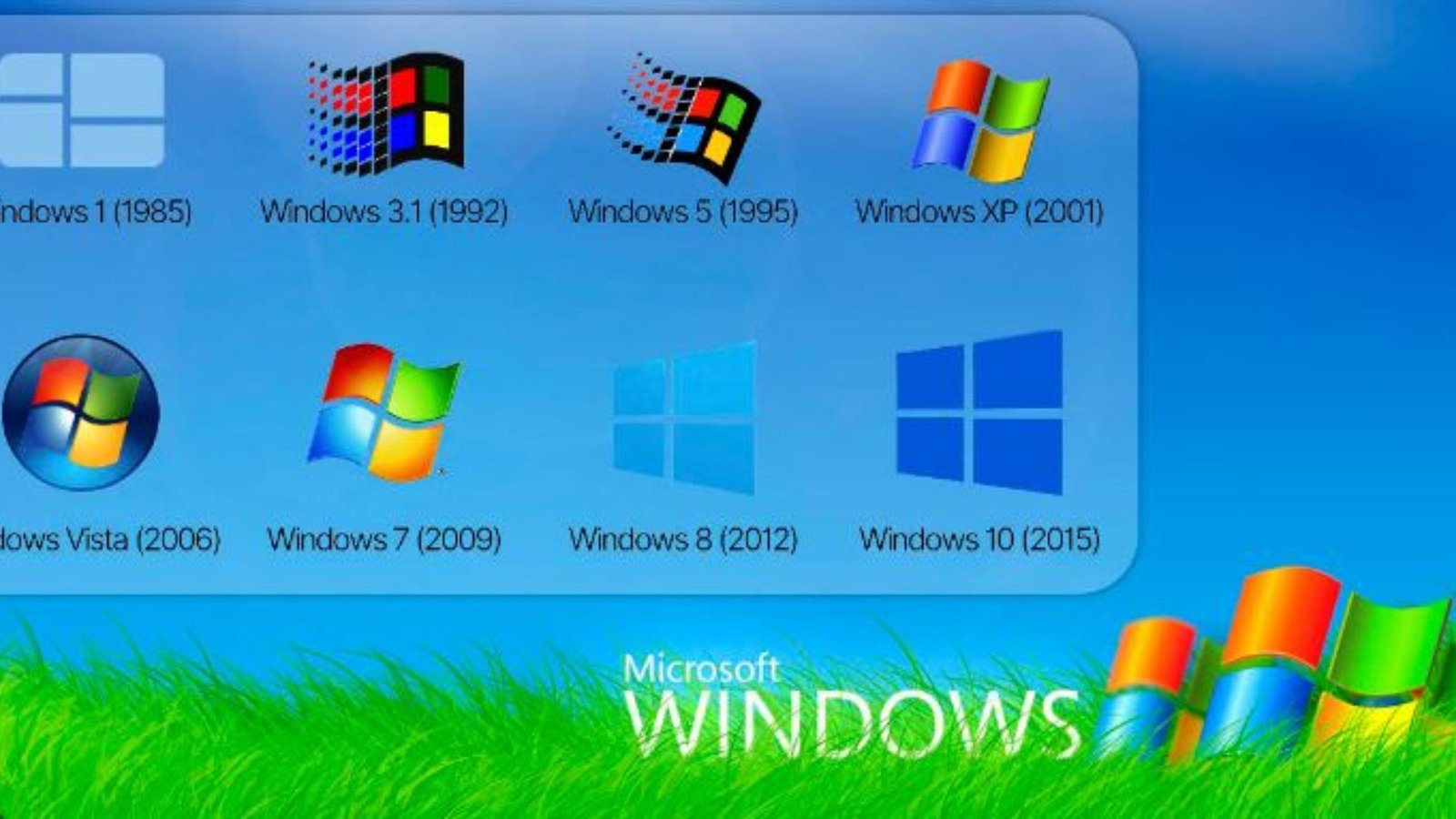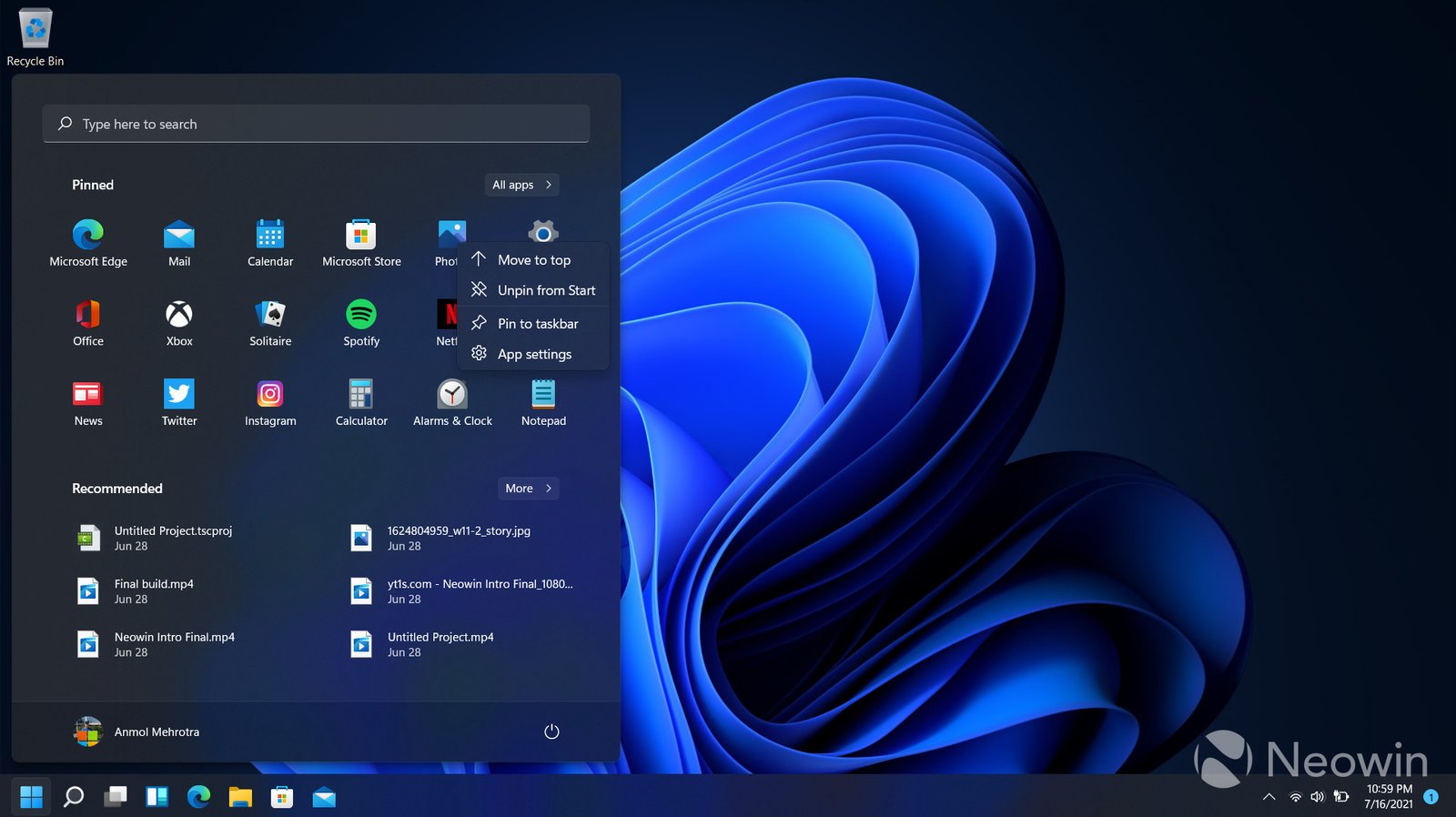Windows operating system has undergone significant evolution since its debut in 1985. Over the years, Microsoft has continuously introduced new features, enhanced performance, and improved user experience. With each update, Windows became more refined, versatile, and powerful, keeping up with changing technology.

From Windows 1.0 to Windows 95: The Early Years
Windows operating system began its journey with the launch of Windows 1.0 in 1985. It featured a simple graphical user interface (GUI) and allowed users to multitask by running multiple programs at once. Though basic, Windows 1.0 laid the foundation for future versions. By 1990, Windows 3.0 introduced a more advanced GUI, increasing popularity. It enhanced memory management and provided better performance, making it a hit among businesses and home users alike.
The launch of Windows 95 in 1995 marked a pivotal point in the evolution of the Windows operating system. It introduced the iconic Start Menu, Taskbar, and a more intuitive interface. Windows 95 also supported 32-bit applications and significantly improved multimedia capabilities. This version made personal computing more accessible, shaping the future of operating systems.
Windows XP to Windows 7: A Leap in Performance
The evolution of Windows operating system continued with Windows XP in 2001, which became one of the most beloved versions. Windows XP introduced better stability, an enhanced user interface, and improved security features. Its seamless experience and broad compatibility with software made it a favorite among users for many years. Following XP, Windows Vista in 2007 attempted to build on its success but received criticism for its high system requirements and performance issues.
However, Windows 7, launched in 2009, quickly gained popularity due to its refined design, improved performance, and faster boot times. Windows 7 focused on user-friendliness, making it a reliable and efficient system for both personal and business use. It continued to solidify the Windows operating system as a dominant force in the world of computing.
Windows 10 and Windows 11: The Modern Era
The release of Windows 10 in 2015 brought significant changes to the Windows operating system. Microsoft integrated features like Cortana, a virtual assistant, and introduced the Microsoft Edge browser. Windows 10 also marked the return of the Start Menu, which users had missed in previous versions. With regular updates and security patches, Windows 10 ensured continuous improvements in performance and functionality.
The most recent evolution of the Windows operating system is Windows 11, launched in 2021. Windows 11 introduced a sleek, modern design with centered icons, improved multitasking, and optimized performance. The operating system also embraced cloud-based features and integration with Microsoft Teams, reflecting the changing landscape of remote work and collaboration.
Conclusion
The evolution of the Windows shows how Microsoft has adapted to technological advancements while maintaining user satisfaction. From the early versions like Windows 1.0 and Windows 95 to the modern Windows 10 and Windows 11, each version brought essential improvements in usability, performance, and design. As the Windows operating system continues to evolve, it will likely introduce more innovations that shape the future of computing.











